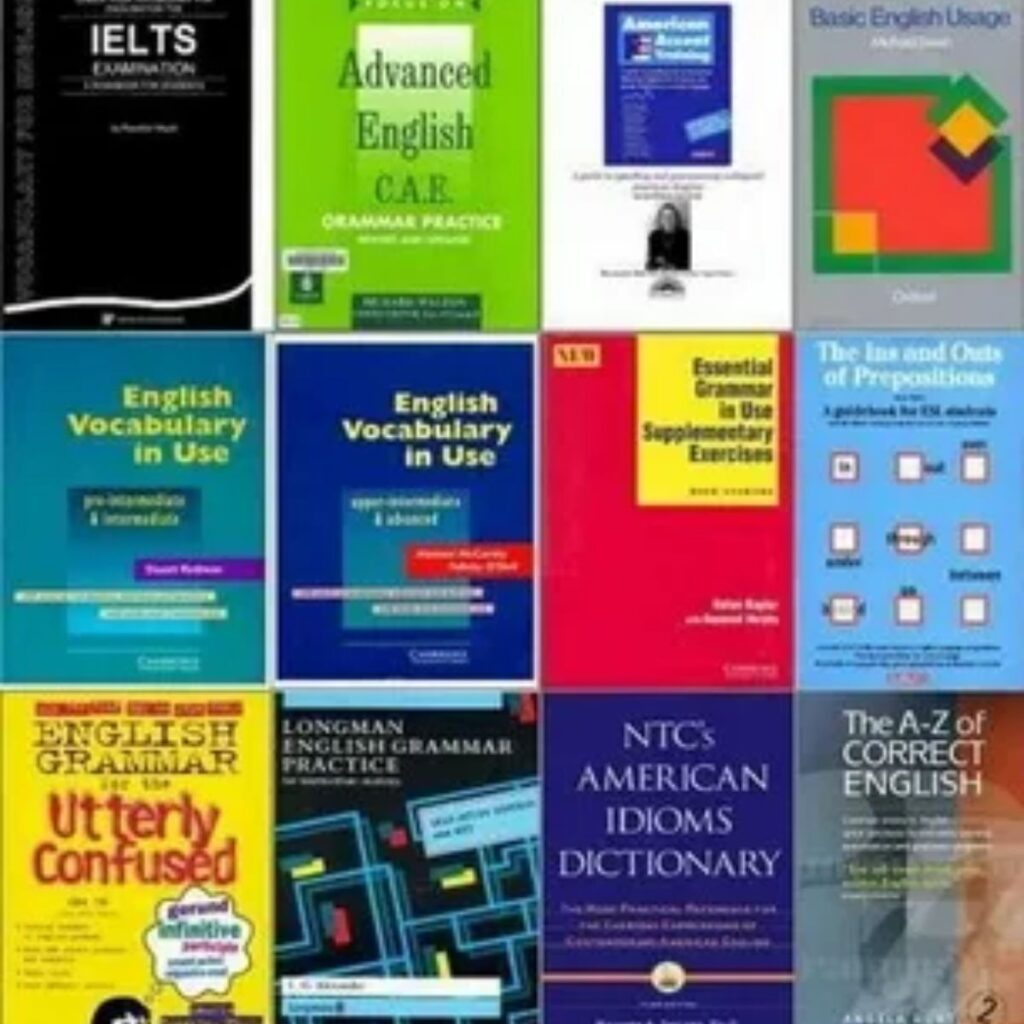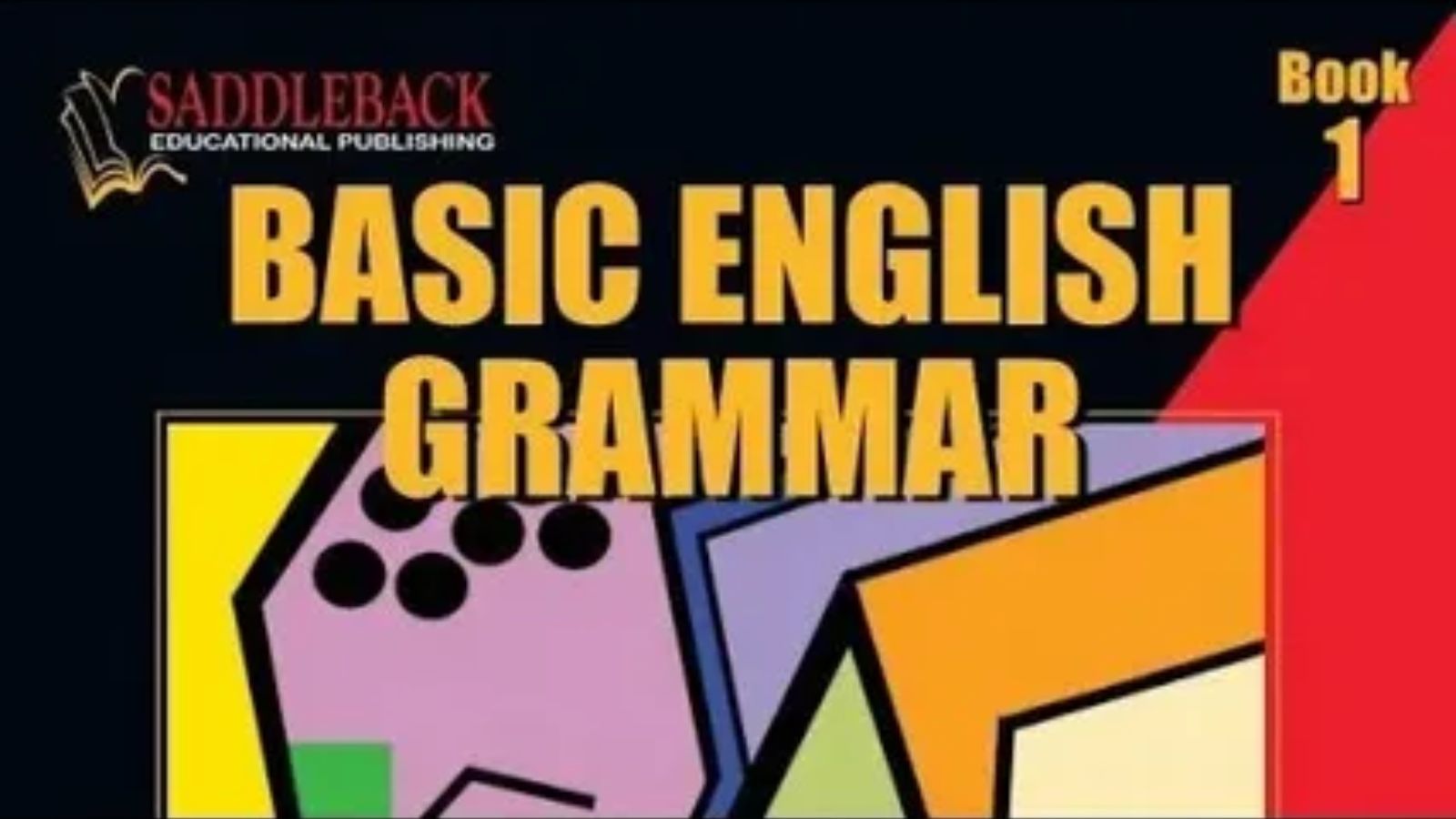127+Basic English Grammar for Beginners – Simple Guide to Start Learning(2026)
Learning English often feels overwhelming for beginners. Many new learners search for “basic English grammar for beginners” because they want a simple guide to start speaking, writing, and understanding English correctly. The internet is full of grammar rules, but most are explained in a way that feels too complex for someone just starting.
This keyword solves a major confusion: where to begin. Should a learner start with tenses, parts of speech, or sentence structure? A beginner-friendly approach is needed to make grammar clear, step by step.
This article explains English grammar in the simplest way possible. We cover what grammar is, why it matters, the difference between British and American English, common mistakes, and real-life examples. By the end, you’ll have a strong starting point for learning and using English confidently.
Basic English Grammar for Beginners – Quick Answer
Grammar is the set of rules that tell us how to form words and sentences in English.
👉 Examples:
- Subject + Verb + Object: “I eat apples.”
- Tenses: “I play” (present), “I played” (past), “I will play” (future).
- Parts of Speech: Noun (dog), Verb (run), Adjective (happy), Adverb (quickly).
For beginners: start with sentence structure + basic tenses + common vocabulary.
The Origin of Grammar
The word “grammar” comes from the Greek word grammatike, meaning “the art of letters.” Grammar has been studied for thousands of years because every language needs rules.
- In English, grammar developed from Old English (before 1100) to Modern English.
- Over time, scholars created rules to make communication clear.
- Today, English grammar is influenced by Latin and French, which explains some irregular spellings and rules.
So when we talk about “basic English grammar,” we mean the foundation rules that keep sentences correct and understandable.
British English vs American English Spelling

English is spoken worldwide, but spelling and grammar can differ slightly between British English and American English.
| Word Type | British English | American English | Example in Sentence |
|---|---|---|---|
| Colour/Color | Colour | Color | “The colour of the car is red.” / “The color of the car is red.” |
| Centre/Center | Centre | Center | “They met at the city centre.” / “They met at the city center.” |
| Realise/Realize | Realise | Realize | “I realise my mistake.” / “I realize my mistake.” |
| Defence/Defense | Defence | Defense | “The defence was strong.” / “The defense was strong.” |
Both are correct, but it depends on where your audience lives.
Which Spelling Should You Use?
- If your audience is in the US: Use American spelling (color, center).
- If your audience is in the UK/Commonwealth (Canada, Australia, India, Pakistan): Use British spelling (colour, centre).
- If your audience is global: Choose one style and stay consistent. Many teachers prefer British English for academic writing.
👉 Tip: Don’t mix the two styles in the same text.
Common Mistakes with Basic English Grammar
- Subject-verb disagreement → Wrong: “He go to school.” ✔ Correct: “He goes to school.”
- Confusing tenses → Wrong: “Yesterday I go.” ✔ Correct: “Yesterday I went.”
- Misusing articles → Wrong: “She is a honest girl.” ✔ Correct: “She is an honest girl.”
- Wrong word order → Wrong: “Always I am happy.” ✔ Correct: “I am always happy.”
- Mixing spellings (British vs American) → Wrong: “Colour and defense.” ✔ Better: “Colour and defence” (UK) or “Color and defense” (US).
Basic English Grammar for Beginners in Everyday Examples

- Emails: “I am writing to ask about your services.”
- News: “The government announced new plans yesterday.”
- Social Media: “I’m so happy today!”
- Formal Writing: “The report has been completed successfully.”
Grammar is everywhere—from short text messages to business reports.
Basic English Grammar – Google Trends & Usage Data
Search data shows that “basic English grammar for beginners” is highly popular in countries where English is a second language: India, Pakistan, Bangladesh, Nigeria, and the Philippines.
In the US/UK, people search for more advanced grammar. But globally, beginners want simple explanations of tenses, sentence structure, and common mistakes.
| Country | Popular Grammar Searches | Context |
|---|---|---|
| India | Basic grammar, tenses | School learning |
| Pakistan | English basics | Competitive exams |
| Nigeria | Grammar rules | Job preparation |
| USA | Advanced grammar | Writing improvement |
| UK | Grammar check tools | Academic writing |
FAQs
1. What is the first step to learn basic English grammar?
Start with sentence structure (Subject + Verb + Object) and simple present tense.
2. How many tenses are there in English?
There are 12 tenses, but beginners should focus on past, present, and future first.
3. Which English is better: British or American?
Both are correct. Use the version your audience or teacher expects.
4. Can I learn English grammar without a teacher?
Yes, with practice, books, apps, and online lessons. But guidance helps.
5. Do I need grammar to speak English?
Yes. Grammar builds confidence and prevents mistakes, but practice is equally important.
6. What are the 8 parts of speech?
Noun, Pronoun, Verb, Adjective, Adverb, Preposition, Conjunction, Interjection.
7. How long does it take to learn basic grammar?
With daily practice, most learners understand basics in 2–3 months.
Conclusion
Grammar is the foundation of learning English. For beginners, the keyword “basic English grammar for beginners” represents the first step in learning to communicate clearly. Starting with sentence structure, simple tenses, and parts of speech builds a strong base.
British and American English may differ in spelling, but both follow the same core grammar rules. The key is to choose one style and stay consistent. Avoid common mistakes such as subject-verb disagreement and wrong tense usage.
Remember, grammar is not just for classrooms—it appears in emails, social media, and professional writing every day. With practice, patience, and consistency, any beginner can master the basics of English grammar and move on to fluency.

